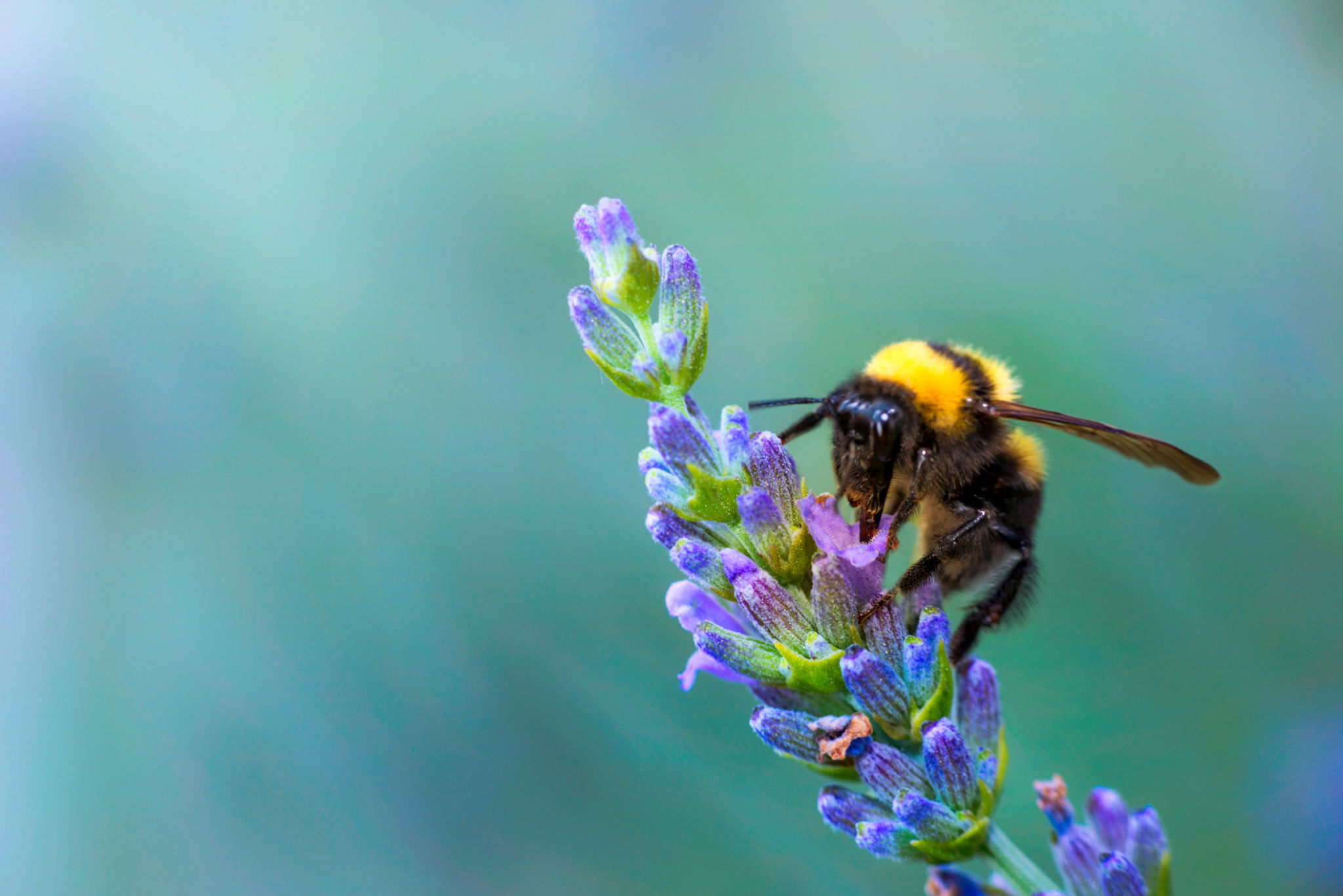Biodiversity Garden Solutions: Enhancing Your Backyard Ecosystem
Creating a biodiversity garden in your backyard is not just a trend; it's an essential step toward supporting and enhancing your local ecosystem. By cultivating a space that encourages a variety of plant and animal life, you contribute to the overall health of the planet. This blog post will guide you through practical solutions to transform your backyard into a thriving biodiversity haven.
Understanding Biodiversity in Your Garden
Biodiversity refers to the variety of life in a particular habitat or ecosystem. In the context of your garden, it means having a diverse range of plants, animals, and microorganisms that interact with each other to form a balanced environment. A biodiverse garden supports pollinators like bees and butterflies, attracts birds, and fosters healthy soil.
To start, consider the types of plants that naturally thrive in your region. Native plants are adapted to local conditions and require less maintenance while providing food and habitat for native wildlife. By choosing native species, you can significantly enhance your garden's biodiversity.

Planting for Pollinators
Pollinators play a crucial role in the reproduction of many plants. To attract them, incorporate plants that offer nectar and pollen. Flowers such as lavender, sunflowers, and coneflowers are excellent choices. Additionally, ensure that plants bloom at different times of the year to provide a continuous food source.
Creating diverse plant layers will also attract a variety of pollinators. Include ground covers, shrubs, and trees to offer shelter and food at different heights. This multi-layered approach mimics natural ecosystems and can support more wildlife.

Water Sources and Features
Integrating water features in your garden can significantly boost its biodiversity. A simple birdbath or pond can attract birds, frogs, and beneficial insects. Ensure that water sources are clean and regularly maintained to prevent stagnation.
Birds are particularly attracted to moving water, so adding a small fountain or waterfall can increase their presence in your garden. These features not only enhance biodiversity but also add aesthetic value to your outdoor space.

Soil Health and Composting
The health of your garden's soil is fundamental to its overall biodiversity. Healthy soil contains a rich community of microorganisms that help decompose organic matter and recycle nutrients. To improve soil health, consider starting a compost pile with kitchen scraps and yard waste.
Composting not only enriches the soil but also reduces waste. Spread compost around your plants to improve soil structure, retain moisture, and provide nutrients. This practice promotes robust plant growth and supports the organisms living within the soil.
Creating Wildlife Habitats
Your garden can serve as a sanctuary for various wildlife species. Incorporate features like birdhouses, bat boxes, and log piles to offer shelter and nesting sites. These habitats are vital for creatures that may struggle to find suitable environments due to urban development.
By fostering these natural habitats, you invite beneficial animals into your garden that contribute to pest control and pollination. Monitoring and maintaining these spaces ensure they remain safe and inviting for wildlife.

Benefits Beyond Your Backyard
Implementing biodiversity garden solutions not only enhances your backyard ecosystem but also contributes to broader environmental goals. A biodiverse garden can help mitigate climate change by absorbing carbon dioxide and providing oxygen through plant growth.
Furthermore, these gardens offer educational opportunities for families to learn about environmental conservation and sustainability practices. By sharing your experiences with neighbors and encouraging them to adopt similar practices, you create a ripple effect that benefits the entire community.
In conclusion, enhancing your backyard ecosystem with biodiversity garden solutions is a rewarding endeavor that supports both local wildlife and global ecological health. Embrace the journey of creating a vibrant, sustainable garden that provides joy and inspiration for years to come.
